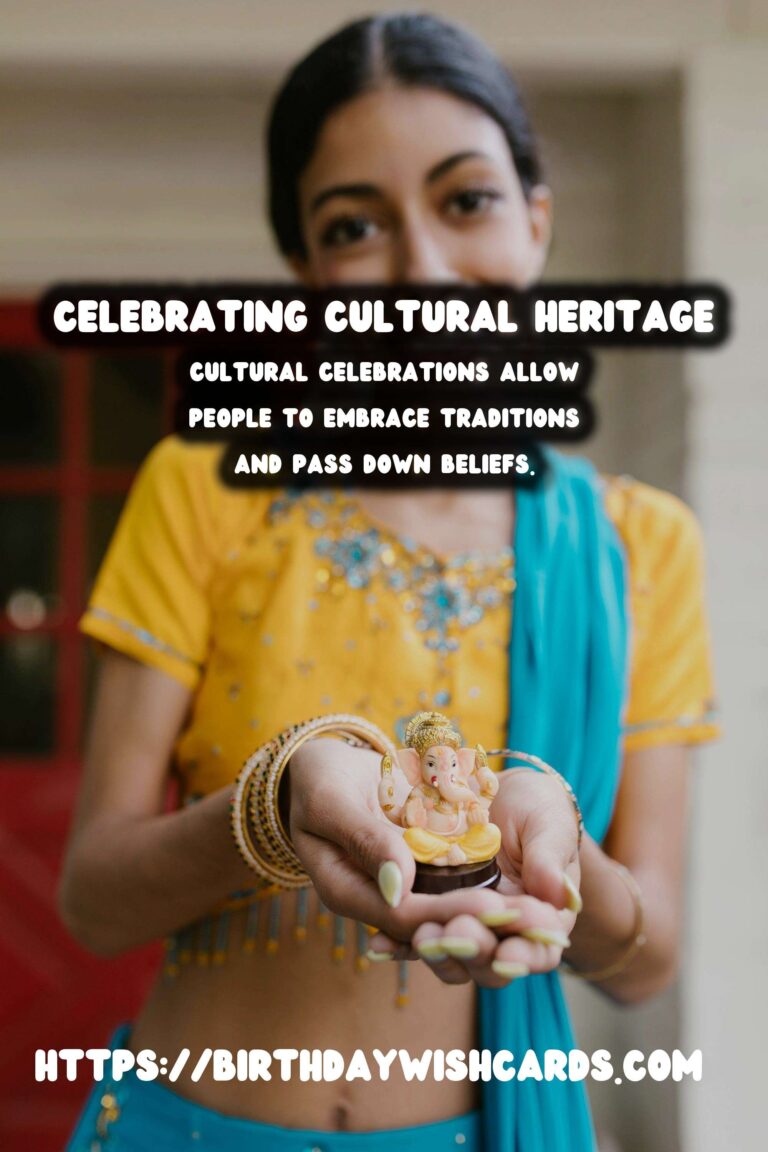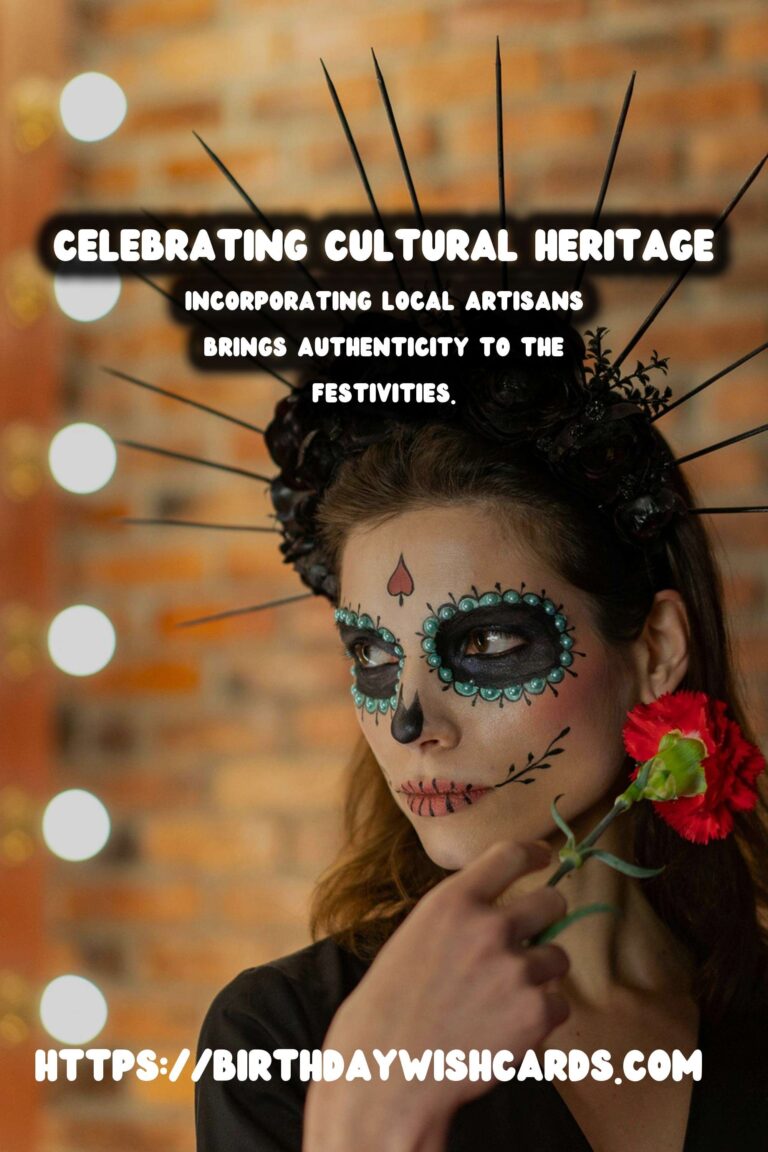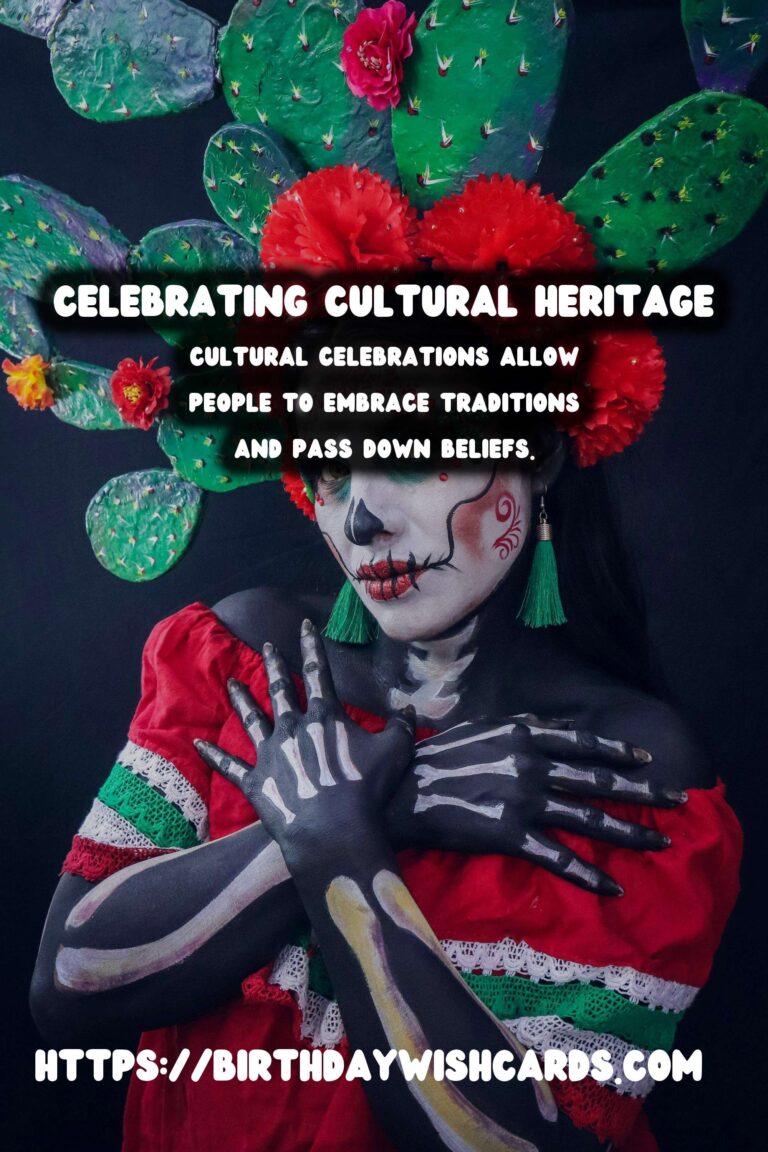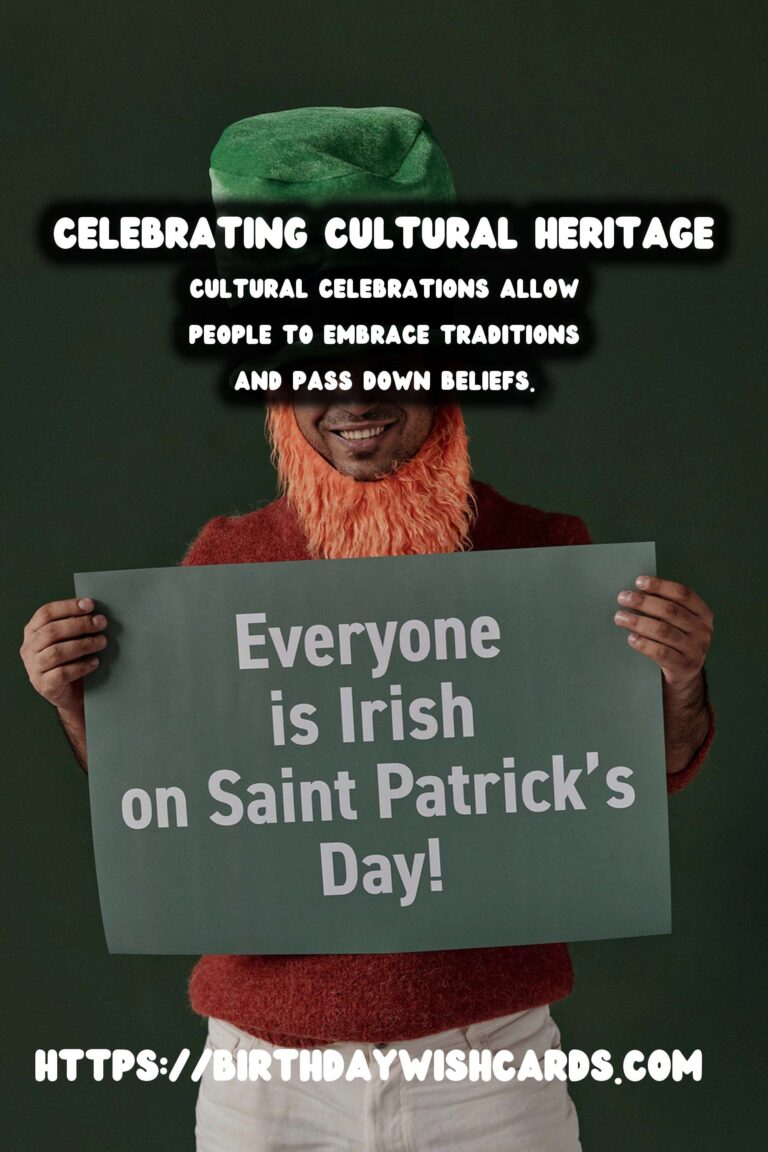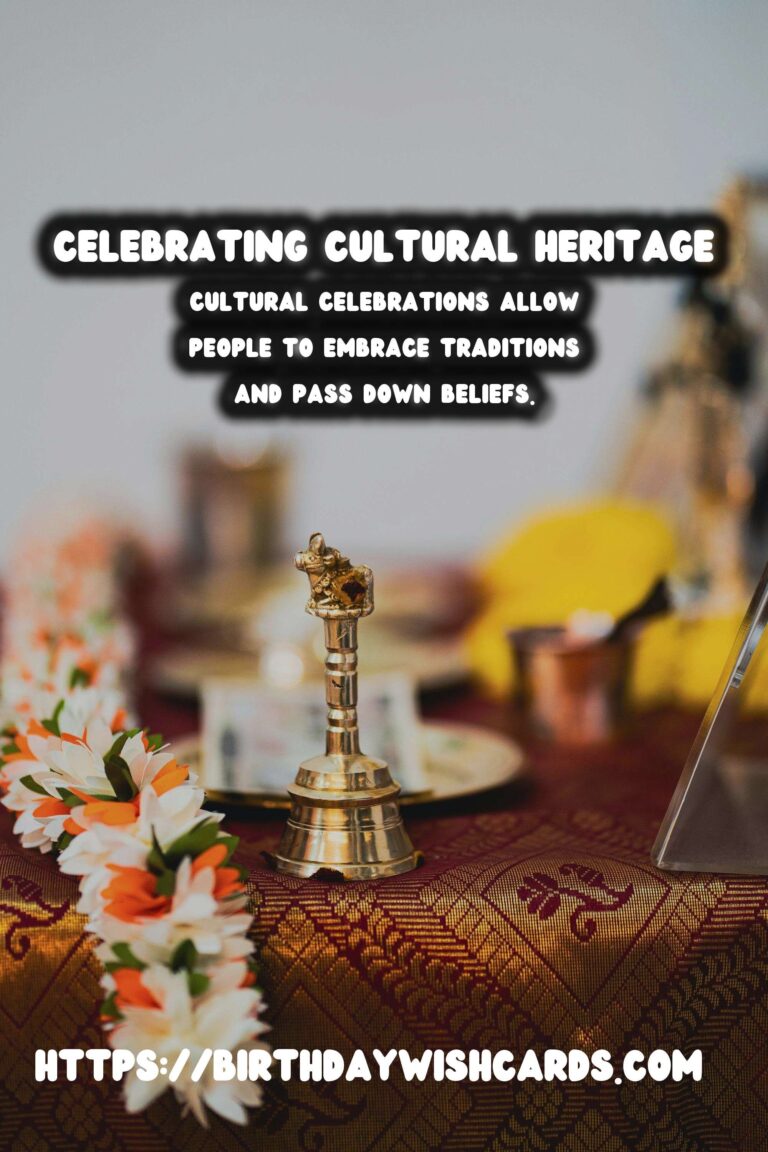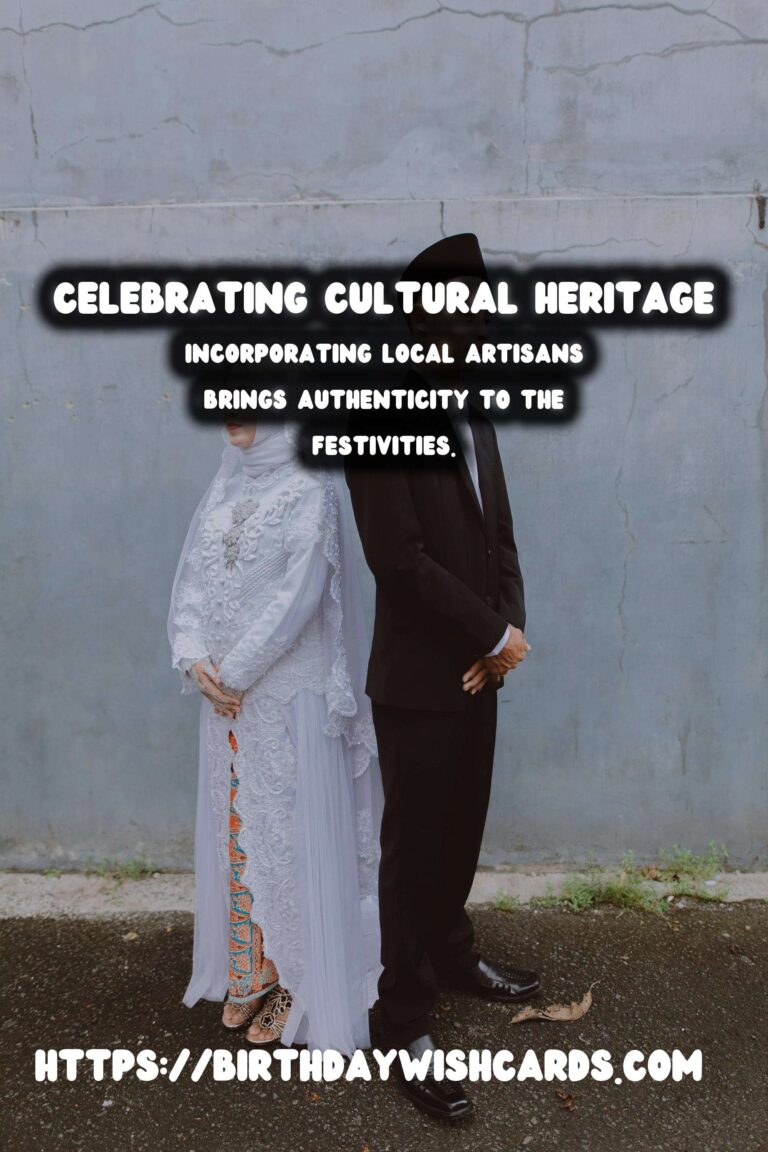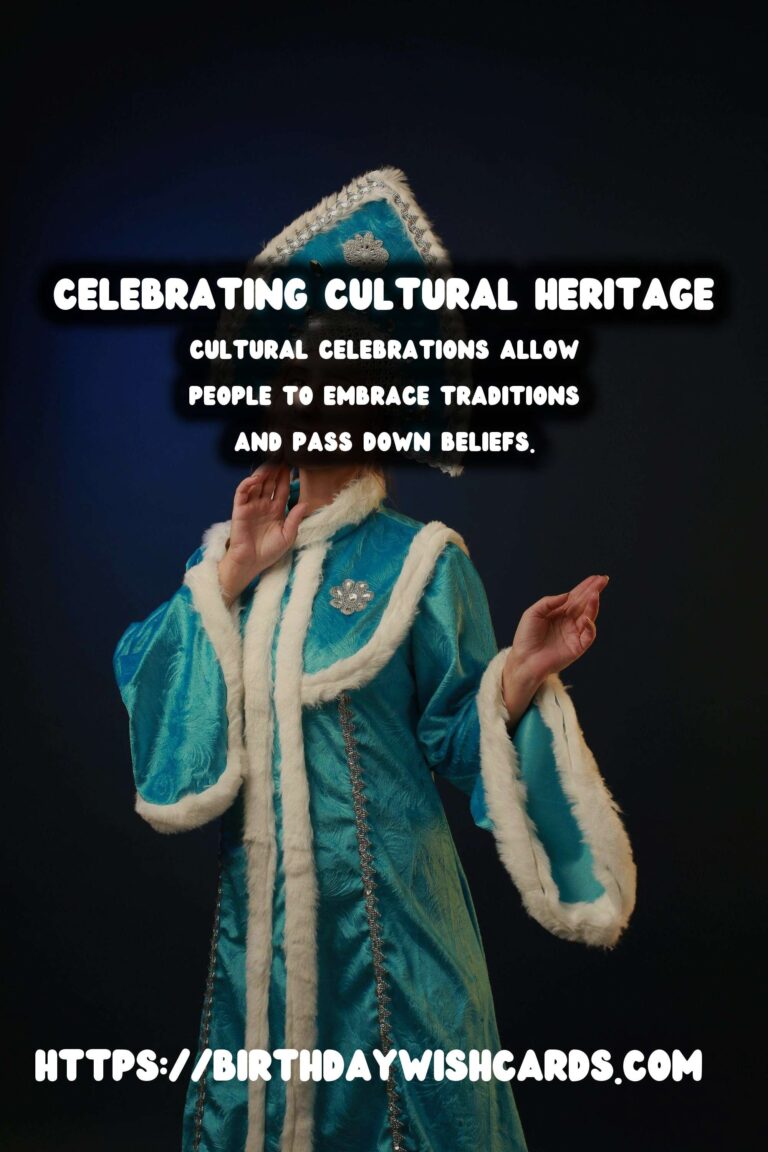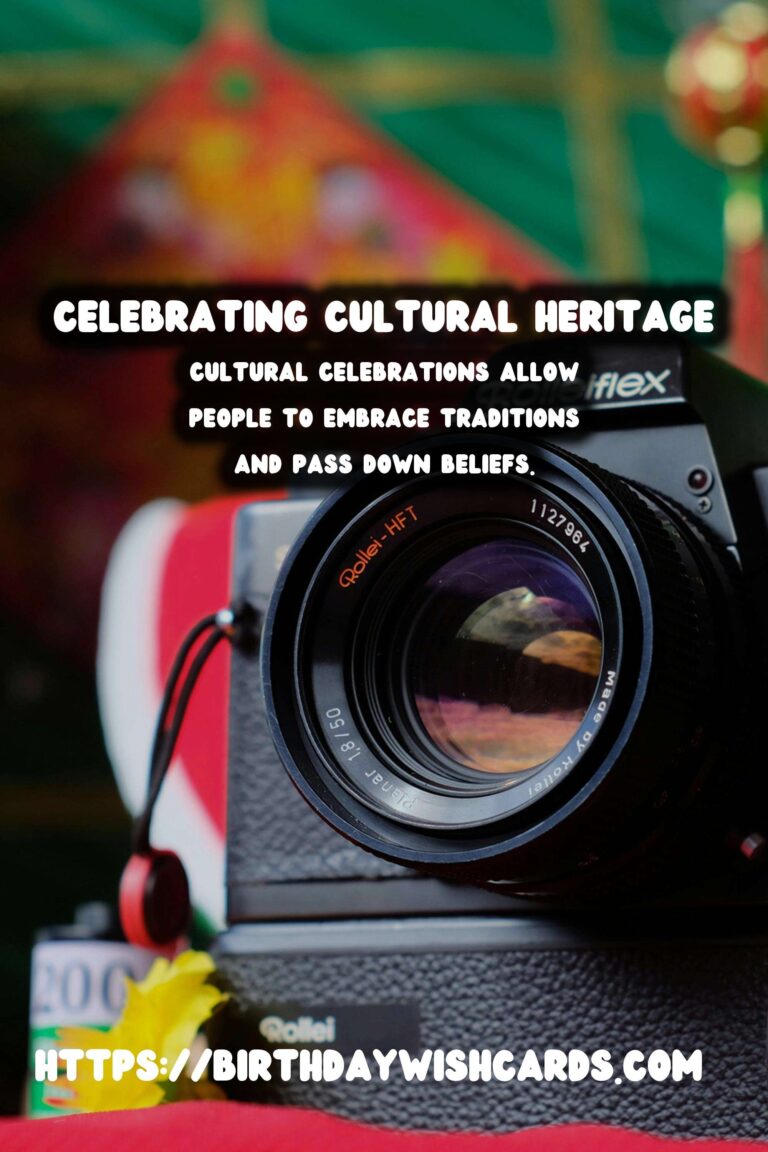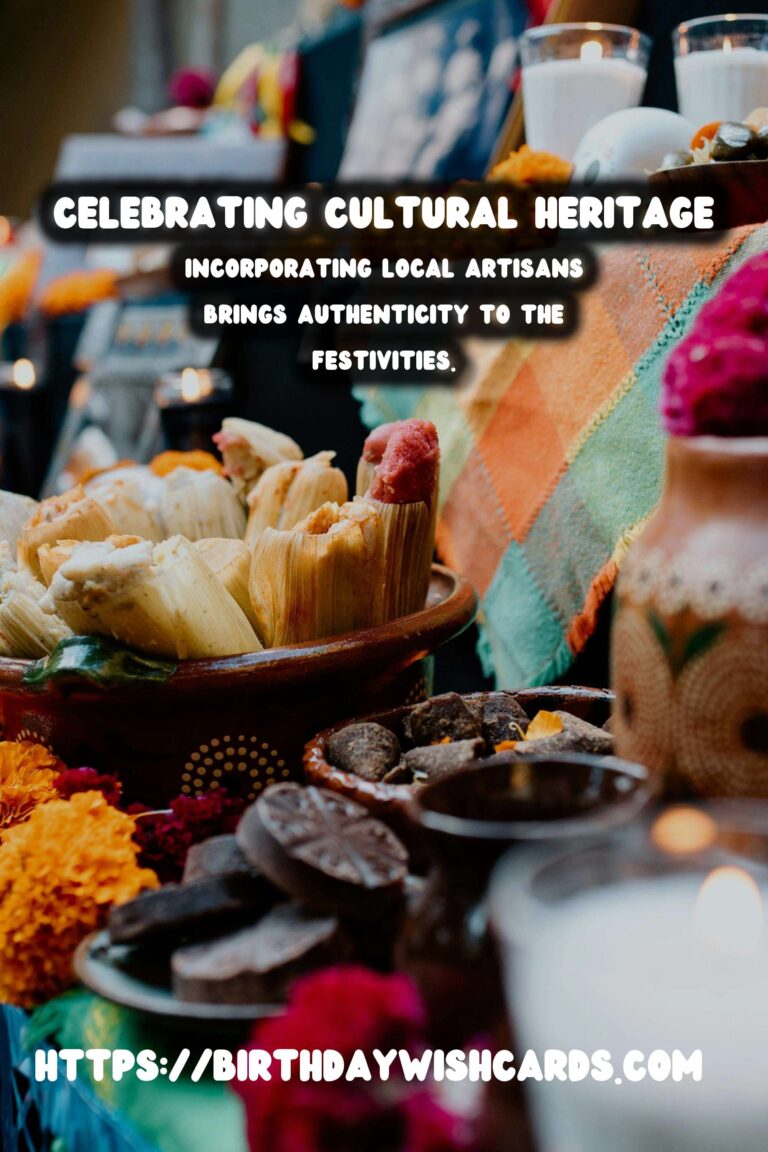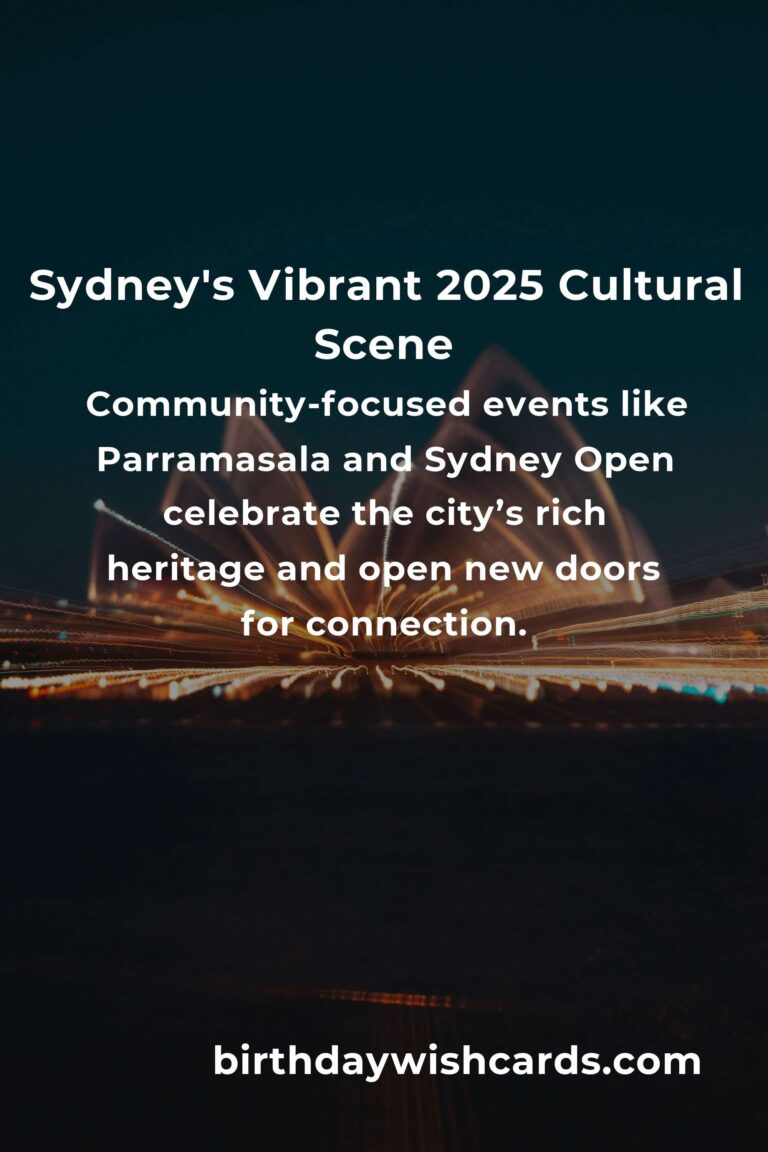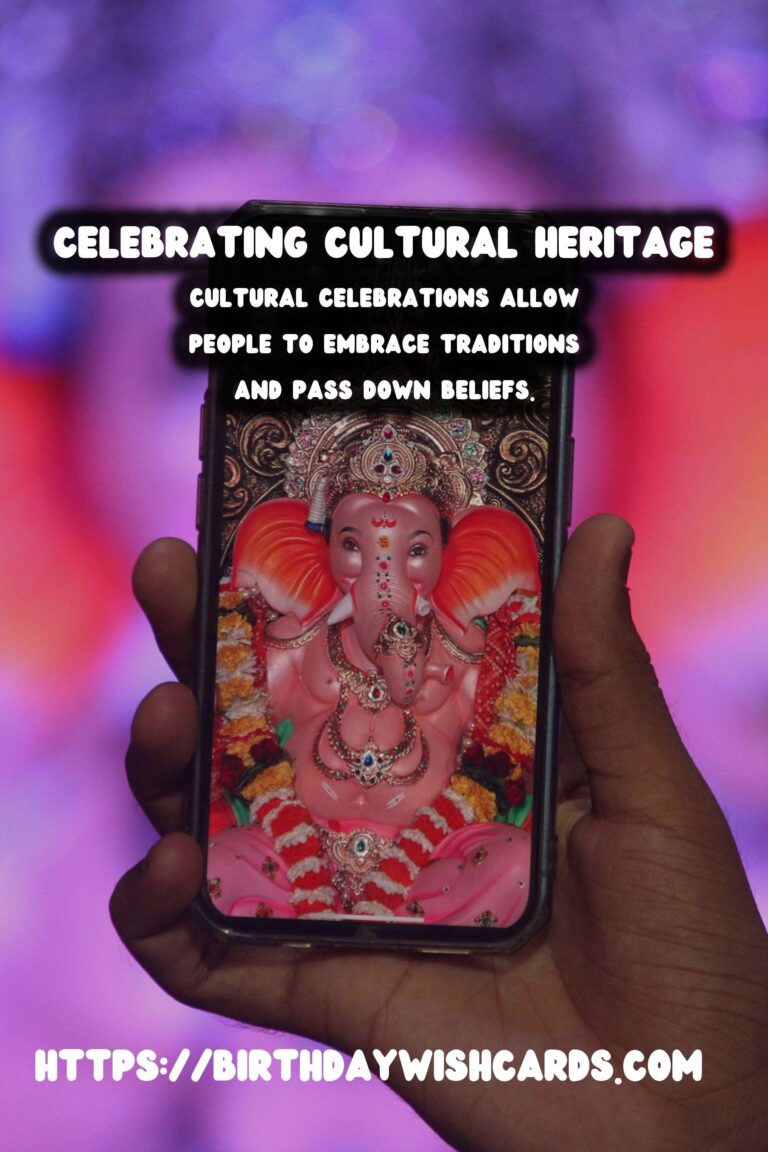
Cultural celebrations are an integral part of our society, allowing people to embrace traditions, remember history, and pass down beliefs. Each cultural celebration is unique, reflecting the essence of the community behind it. Here, we explore unique ways to celebrate these occasions.
Incorporating Local Artisans
One of the best ways to celebrate any cultural event is by incorporating local artisans and craftspeople into the festivities. This not only supports the local economy but also brings authenticity to the celebration.
For example, hosting workshops where community members can learn traditional crafts—from pottery to weaving—connects them to their heritage in a meaningful way. This can be an engaging activity for all ages, promoting both community spirit and artistic expression.
Food Traditions
Food often plays a central role in cultural celebrations. Consider organizing a community potluck where everyone brings a dish that represents their culture or family history. This is a delicious way to share stories and recipes.
Additionally, you can host cooking classes highlighting traditional cuisines. In this setting, participants not only learn how to cook but also about the cultural significance of the dishes. Pairing food with stories enhances the overall experience.
Storytelling and Oral History
Every culture has its tales that have been passed down through generations. Incorporate storytelling sessions at cultural events. Invite elders from the community to share their experiences, folklore, and history.
This form of oral tradition is not just entertaining but is crucial for maintaining cultural identity and intergenerational connections. Handwriting notebooks or recording these sessions can preserve these stories for future generations.
Thematic Decorations
The visual aspect of a celebration can be just as impactful as its activities. Use thematic decorations that reflect the cultural background you’re highlighting. This can range from traditional textiles to symbolic colors that represent different meanings.
Encourage community members to contribute to the decorations. This can be a fun, creative outlet and allows for shared ownership of the celebration atmosphere. Not only does it enhance the visual experience, but it also fosters community bonding.
Music and Dance
No cultural celebration is complete without music and dance. Each culture has its unique rhythms and dances that express its history and values.
Consider hosting workshops or performances showcasing traditional music and dance forms. This can be an exciting way for people of all ages to engage with and learn about different cultures. Organizing a talent show where community members showcase their dance skills can add an interactive element.
Virtual Participation
In today’s digital age, cultural celebrations can extend beyond physical boundaries. Consider incorporating virtual elements into your festivities, such as live streaming events for those who cannot attend in person.
This approach also allows distant family and friends to participate and enhances the reach of the celebration, inviting more people into the shared experience.
Collaborative Community Games
Games can foster community bonding and create a lively atmosphere. Organize collaborative games that incorporate elements from various cultures represented in your community. This can lead to innovative new traditions.
For example, a cultural trivia game that includes questions about different traditions, histories, and practices can be both entertaining and educational.
Workshops and Learning Experiences
Create workshops focusing on various cultural practices, such as traditional dressmaking, music, dance, or even language classes. These hands-on experiences can deepen appreciation for the culture being celebrated.
By learning together, participants can create new memories and foster friendships, enhancing the community spirit while celebrating diversity.
Eco-Friendly Celebrations
Incorporating sustainability into cultural celebrations can highlight the importance of the environment in cultural practices. Consider using eco-friendly decorations, local produce for food, and recycling initiatives during the event.
This not only respects traditional practices but also teaches the importance of caring for the environment, creating a long-lasting positive impact on the community.
Conclusion
Celebrating cultural traditions is not only a way to honor the past but also a chance to bring communities together. By using unique methods to celebrate these occasions, we can create more inclusive, engaging, and enjoyable experiences for everyone. Remember, each cultural celebration has the potential to unite diverse individuals, fostering a sense of belonging and joy.
Cultural celebrations allow people to embrace traditions and pass down beliefs. Incorporating local artisans brings authenticity to the festivities. 
